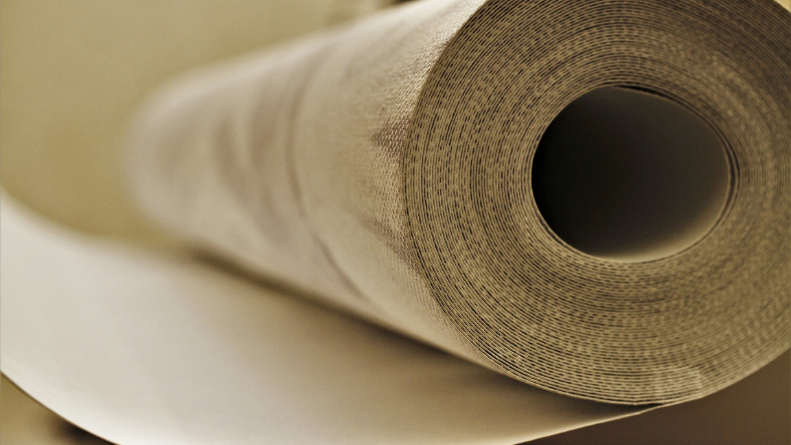Buy-to-let: A Checklist for Letting
Many investors know that exciting feeling when they’ve just purchased a new (perhaps first of subsequent) buy-to-let property investment and are getting ready to start letting it out to tenants. Now you have the property in your portfolio, you will want to find good tenants as fast as possible to start receiving rental income, and this involves making sure the property is in good condition and everything is in place – like the requisite certificates – beforehand. So, with this in mind, we have prepared a buy-to-let checklist of some of the things a landlord can do to make sure they are in the best possible position to be ready to start receiving paying tenants. To start with, we can look at the various certifications that are required.
Do you have the energy performance certificate in place?
It is a legal requirement that rented properties have an energy performance certificate (EPC) in place before renting them out to tenants. These certificates give your property a classification of its performance in terms of its energy performance and the impact it will have on the environment. For your property to be eligible to be rented out, it must achieve at least an “E” (the ratings go from A to G). Once you have the certificate, it will run for 10 years.
You need an electrical installation certificate report
Like the EPC, the electrical installation certificate (EICR) is mandatory before letting out your property. The report will need to satisfy the standards required for rental property. This certificate lasts for 5 years before needing renewal.
To obtain this certificate, a qualified electrician will need to test somewhere between 10 and 20% of the property’s wiring, along with testing sockets, switches, lights, and, of course, the fuse board. If the wiring has been deemed not up to par, then remedial work will be required to bring it up to scratch.
Portable Appliance Testing on electrical appliances
As well as having the wiring tested in your property, you will also need to have the electrical appliances PAT tested for safety. The appliances will need to be retested every year to comply with regulations.
Gas certificate
The necessary gas certificate demonstrates that all your gas appliances are in good, safe working condition. This will need to be renewed annually and you will need to supply the tenant with a copy of it for their records.
Smoke and carbon detectors/alarms
Smoke alarms on each floor of a building are a legal requirement, not just on one floor. Carbon monoxide alarms are also required in homes with an open flue or a wood-burning stove, so be sure to install these. The local authority may demand a hard-wired smoke alarm if your property requires a licence.
Furniture and Furnishings (Fire Safety) Regulations 1988
To be in full compliance with legal requirements, any furniture that you have supplied to the tenant will need to have labelling to show it is fire safe. The term “furnishings” has broad application, and you will need to familiarise yourself with what is covered by this statute. For example, it includes things like soft furnishings, beds, mattresses, pillows, etc. However, note that exclusion of goods made before 1950 and of supply of materials for re-upholstery of furniture made before that date and of goods for export.
Reference checks completed
It’s a very good idea to have all your prospective tenants referenced checked before accepting them as tenants. There are numerous companies offering this service, and it’s worth shopping around for good deals.
The Housing Act 2004, licensing requirements
Be aware of the three kinds of licensing required by the Housing Act of 2004. All homes with five or more inhabitants from two or more families are subject to a mandatory House of Multiple Occupancy (HMO). For homes with three or more residents from two or more households, additional HMO licensing is required. In certain boroughs, selective licensure is tied to a specific street address, whereas in others, it is not.
Cleanliness and appearance
It’s a good idea to have the property professionally cleaned before a new tenant moves in to keep it neat and tidy in between tenancies. It helps keep track of inventory and creates a standard for renters who move out.
You may also want to give the walls a lick of paint if they look a bit grubby, as this is a cheap way of making the property look its best.

Inventories
Keep an accurate list (with photos) of what comes in and out of the property. Having a professional inventory done is a fantastic way to guarantee this runs smoothly. Check-in and check-out schedules can be completed by independent third parties using the inventory. As a result, this will lessen the chances of disagreements between you and your renters about the condition of the property and the number of things that come with it.
Legionella
In order to avoid Legionella and Legionnaires’ disease, landlords have a responsibility to guarantee that the proper safeguards are taken to prevent stagnation of water. There are several things that can be done, such as flushing the system before renting to tenants. Further advice can be found on the UK government’s website.
ARE YOU READY TO START INVESTING?
Subscribe to our mailing list now for exclusive deals, investment guides and the latest information from the property market.







